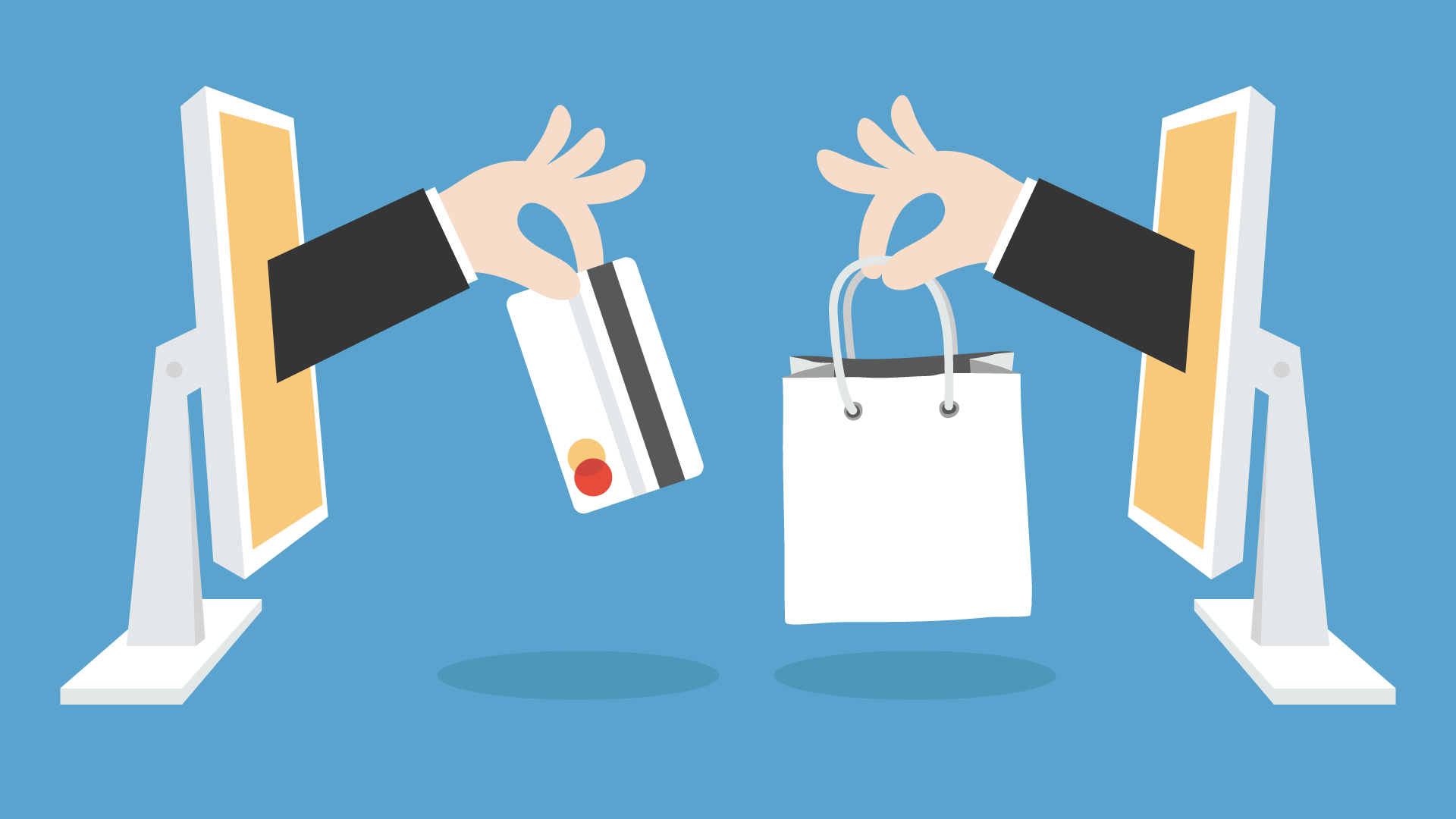Online shopping is more popular today than ever before. A report from the U.S. Census Bureau found that in the first quarter of 2022, an estimated $250 billion was spent in retail e-commerce sales.1 In the second quarter of 2011, for comparison, retail e-commerce sales were $47.5 billion.

Due in part to new and growing technology, online shopping has become incredibly easy and convenient. It also offers a greater selection than one storefront, opening the doors to products and services that may not be available at a nearby brick-and-mortar store.
While online shopping comes with a number of benefits, there are drawbacks to know about, too. Let’s dive deeper into the pros and cons of shopping online.
Pros of Online Shopping
Using your computer or another digital device for your shopping needs can be convenient, offer more options, and provide insight you might not find in person at a store. For complete knowledge read the full article with Pritish Kumar:
Convenience
The greatest benefit of online shopping is its convenience. Through the digital space, you can buy anything you want from the comfort of your own home. Since online stores are open 24/7 and accessible from anywhere with internet access, it’s easy to fit online shopping into your life no matter how busy you are. You don’t have to plan your purchases based on when a brick-and-mortar store is open and available to serve you.
Greater Selection
Because products online live within the digital space, online retailers are not restricted to shelves and often have more inventory on hand with a wider selection of products. Also, online shopping gives you the chance to buy anything from any retailer, no matter where you’re located. If you’re in the market for a new lamp, for example, you’ll have more options available to you than you would if you only shopped at stores in your local area.
Easy Access to Information
When shopping online, you will often find more details about a business’s products than you would get in physical stores. Instead of speaking to one or two sales associates in person, you can peruse product descriptions, recommendations of similar products, and reviews from other shoppers online that may help you make a more informed purchasing decision.
Cons of Online Shopping
Shopping for items online can also have its pitfalls, including hidden price mark-ups, an increased risk of fraud, and the inability to use or wear the item you purchased right away.
Can Be More Expensive
Online purchases can cost you more for several reasons. Even though many major online retailers offer free shipping, they generally require you to meet a minimum to qualify for it. In addition, online retailers may use several strategies to encourage you to buy more items or more expensive items than if you were shopping in person.
Depending on the state you live in, you may be required to pay an internet sales tax, too. In Texas, for example, you may have to pay a tax on out-of-state purchases delivered into Texas or purchases made from online-only sellers.
Increases Risk of Fraud
Unfortunately, online shopping scams do exist. According to the Federal Trade Commission (FTC), online shopping was the fourth most common fraud category for consumers as of February 2022.5 Some scammers pretend to be legitimate online sellers with fake websites or create fake ads on real sites
Always pay by credit card rather than a debit card, as you can easily report fraud to your credit card company. Also, it is best to avoid online sellers that only accept payment via money transfers, gift cards, or cryptocurrency. Scammers may encourage you to pay through these methods so they can access your money faster.
Leads to Longer Wait Times
When you shop at a brick-and-mortar store, you can walk away with the product you bought and use or wear it right away. Online shopping forces you to wait days, weeks, or even longer for your order to arrive. If you’re in a time crunch and need a product right away, such as a gift, going to an in-person shop may be a better option for you.
How To Make the Most of Online Shopping?
These tips can allow you to enhance your online shopping experience.
Know Which Products To Buy Online
Some items are better to buy online than others because you can find countless consumer reviews, discounts, or other deals pertaining to them. For items you regularly use (such as a laptop, phone charger, luggage, or textbook), the internet may be the best place to compare offers. For things you require to have long-lasting value (like a car) or must get right away (such as groceries), shopping in person may be best.
Read Reviews
Before you check out, read reviews on the retailer’s website as well as third-party sites like Google and Facebook. This can help you find out if the retailer is legitimate and whether there may be any potential issues with the product you’re about to invest in. Reviews are beneficial for small businesses, too. Ninety-eight percent of consumers read online reviews of local businesses, according to marketing consultancy Bright Local’s 2022 Local Consumer Review Survey.
Examine Product Details
If you’re interested in a product, read its description. Make sure you know what it’s made out of, whether it comes with a warranty, what sizes are available, and so on. By doing so, you can avoid unwanted surprises that cost you time, money, and headaches when the product arrives.
Money-Saving Tips
There are many ways to save some money while making online purchases. Consider these tips to improve your online shopping experience.
Comparison Shop
If you have a specific product in mind, it’s in your best interest to comparison shop, similar to how you would when looking for life insurance. Look at various online stores that offer what you want. Then, compare prices so you can find the best deal.
Follow Retailers on social media
Online retailers often promote their sales and discounted items on Facebook, Instagram, and other social media channels. If you follow some of your favorite companies on social media, you may be one of the first to see and purchase the latest offers.
Money-Saving Apps or Plug-ins
There is no shortage of apps or plug-ins that can allow you to save money online without the hassle. Some examples are Honey, Swagbucks, Capital One Shopping, and Rakuten. You can also look for coupon codes online on sites like RetailMeNot.com and Coupons.com
Key Takeaways
- Online shopping is convenient and offers a variety of products you may not be able to find at your local stores.
- It’s easier to comparison shop online, where you can access prices, reviews, and product details with a click.
- When you shop online, you need to wait for your product to be delivered to you, and you might spend more than you would if you went to a brick-and-mortar store.
- There’s also a risk of fraud when you shop online, which you can combat by choosing trusted stores and paying with a card that offers fraud protection.
Reference
https://www.thebalance.com/the-pros-and-cons-of-online-shopping-939775













Looking forward to reading more. great article. Really looking forward to reading more books. cool. I really enjoy reading a thought provoking article. Also, thanks for allowing me to comment!
Good information. Lucky me I came across your blog by chance (stumbleupon).
I’ve saved it for later!